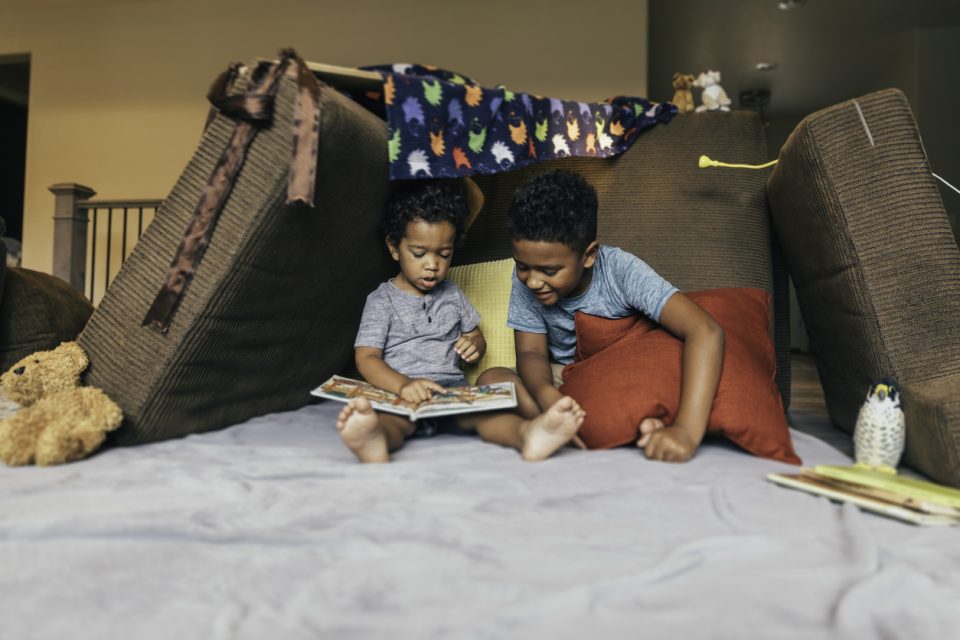By Family Features | Contributor
Between school, work and entertainment, there are times when screens can seem like a pervasive part of modern life. For all the positive aspects of technology, there can also be a desire for children to have stretches of unplugged learning and participate in educational activities that do not require a screen.
Why Unplugged Learning Matters
“Unplugged learning is important to balance the screen time children may experience with other forms of learning; to promote physical activities, social interaction and creativity; and develop the essential skills that bolster them throughout their exploration and growth as individuals,” said Rurik Nackerud from KinderCare’s education team.
Summer can be an ideal time to focus on unplugged learning as it often brings a break from the traditional academic year and activities.
“We want summer to be a time when children can put down technology and connect with one another face-to-face, build important creativity skills and learn how to be social with one another without the buffer of screens.”
-Khy Sline
Tips for Creating Unplugged Fun as a Family
- Get Outdoors. Make time as a family to get outside and explore, even if it’s simply a walk around the block after dinner. Help children notice the little things like a bug on the sidewalk or the way the sun filters through tree leaves to make patterns on the ground. Ask them about the things they see and give your children the space to ask questions and work together to find the answers. This helps teach children collaborative learning skills: asking questions, sharing ideas and working together to reach an answer.
- Read Together. This could mean going to the library to check out new books or exploring your family’s bookshelves for old favorites. Snuggle up together for family story time. If children are old enough to read on their own, invite them to read to you or their younger siblings. Talk about the story or even act out favorite parts to help your children actively participate in story time, which may help them better understand the story’s concepts.
- Encourage Creative Thinking. Help children expand their ability to think creatively by working together to make a craft or project. For example, the next time a delivery box arrives at your home, encourage your children to turn it into something new using craft supplies on hand. A blanket could turn a box into a table for a pretend restaurant while some tape or glue could transform it into a rocket ship or train. When everyone’s done creating and playing, the box can be broken down for recycling. This activity can help children literally think outside of the box and apply their own unique ideas and creativity to create something new.
For more tips to encourage unplugged learning this summer, visit kindercare.com.


